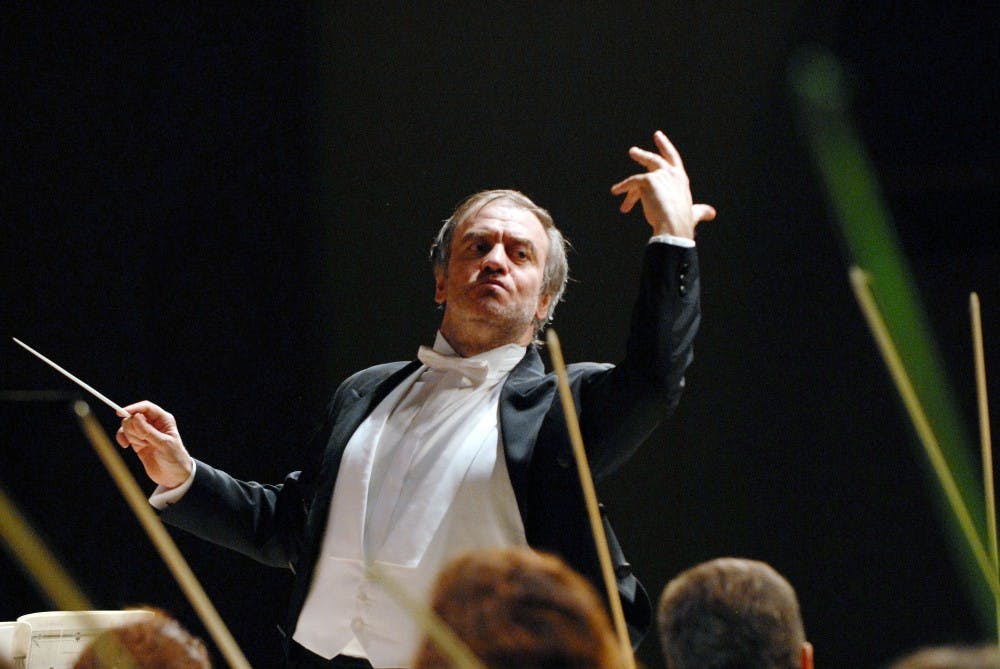It is fitting that, on the eve of Chapel Hill’s autumnal extravaganza, the Mariinsky Orchestra visited Memorial Hall to deliver one of its own.
On its second night in town, the St. Petersburg, Russia-based ensemble performed Igor Stravinsky’s “The Rite of Spring,” the center of Carolina Performing Arts’ year-long centennial celebration, “The Rite of Spring at 100.”
Just this weekend, the University hosted a conference that brought scholars on the work from around the world to campus, giving an academic focus to Stravinsky’s revolutionary composition.
The orchestra’s Tuesday show was CPA’s first live performance of the score of the work. Its choreography, steeped in pagan themes, notoriously caused the work’s first ever audience to riot.
Hours before Halloween, the holiday that most closely matches Stravinsky’s focus, the Mariinsky Orchestra, conducted by the commanding Valery Gergiev, provided a timely program for the packed crowd.
Its take on “The Rite of Spring” was satisfying, lending effective emphasis to the rhythmic innovations, percussive mastery and the technically amazing trombone glissandos.
The characteristic fits and tears proved enough to rattle some 21st century cages.
But at points the convention-busting antics of Stravinsky seemed, well, conventional. Of course, an interpretation that measures up to the genius of its composer might be too much to expect from any orchestra.
“The Rite of Spring,” though it drew a standing ovation, wasn’t the most affecting item on the program.




